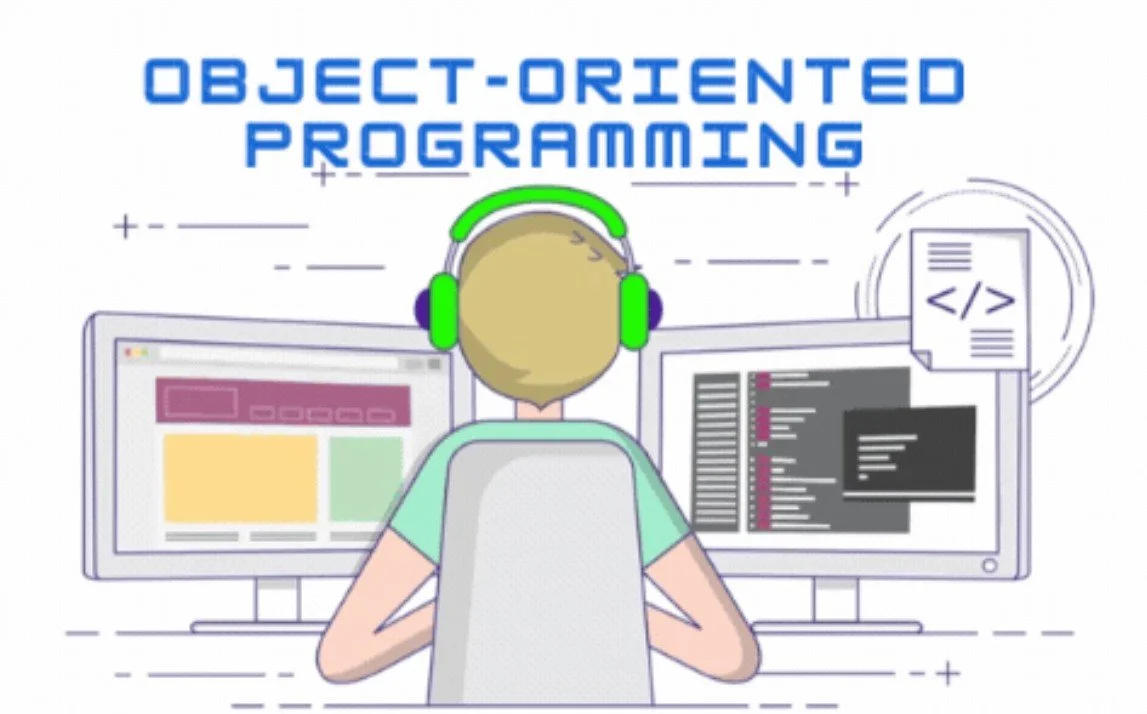Understanding Object-Oriented Programming (OOP): A Beginner-Friendly Guide
What is Object-Oriented Programming?
Object-Oriented Programming (OOP) is a programming paradigm that organizes code around objects rather than just functions and logic. Each object represents a real-world concept, containing both data (attributes) and behaviors (methods). This makes OOP a powerful way to build scalable, reusable, and easy-to-maintain software.
The Four Pillars of OOP
1. Encapsulation
Encapsulation means bundling data and methods together inside a single unit (the object). For example, a Car object might have attributes like color and speed, along with methods like start() and brake(). This keeps code modular and secure.
2. Abstraction
Abstraction allows developers to hide unnecessary details and focus on the essential features. For instance, when driving a car, you don’t need to know how the engine works—you just press the accelerator. Similarly, OOP lets you design simplified interfaces for complex logic.
3. Inheritance
Inheritance enables new classes to reuse and extend the features of existing classes. For example, if you have a Vehicle class, you can create a Car class that inherits its properties while adding new ones. This prevents duplicate code and improves efficiency.
4. Polymorphism
Polymorphism allows objects to take on many forms. For instance, a draw() method might behave differently depending on whether it’s applied to a Circle, Square, or Triangle. This makes your code flexible and adaptable.
Benefits of OOP
Reusability: Write code once, reuse it everywhere.
Maintainability: Easier debugging and updates due to modular design.
Scalability: Ideal for large and complex applications.
Collaboration: Multiple developers can work on different classes without conflicts.
Real-World Examples of OOP
Banking Systems:
Account,Customer, andTransactionobjects.E-commerce Applications:
Product,Cart, andOrderclasses.Video Games:
Player,Enemy, andWeaponclasses with different behaviors.
Common OOP Languages
Java – Widely used in enterprise and Android development.
Python – Great for beginners and versatile across industries.
C++ – Popular in gaming and system programming.
C# – Strongly used in Microsoft and .NET ecosystems.
Final Thoughts
Object-Oriented Programming isn’t just a coding technique—it’s a mindset that helps developers think in terms of real-world models. By mastering OOP, you unlock the ability to create structured, reusable, and efficient code that scales with your projects.
If you’re starting out in programming, learning OOP will set a strong foundation for advanced development in almost any modern language.

